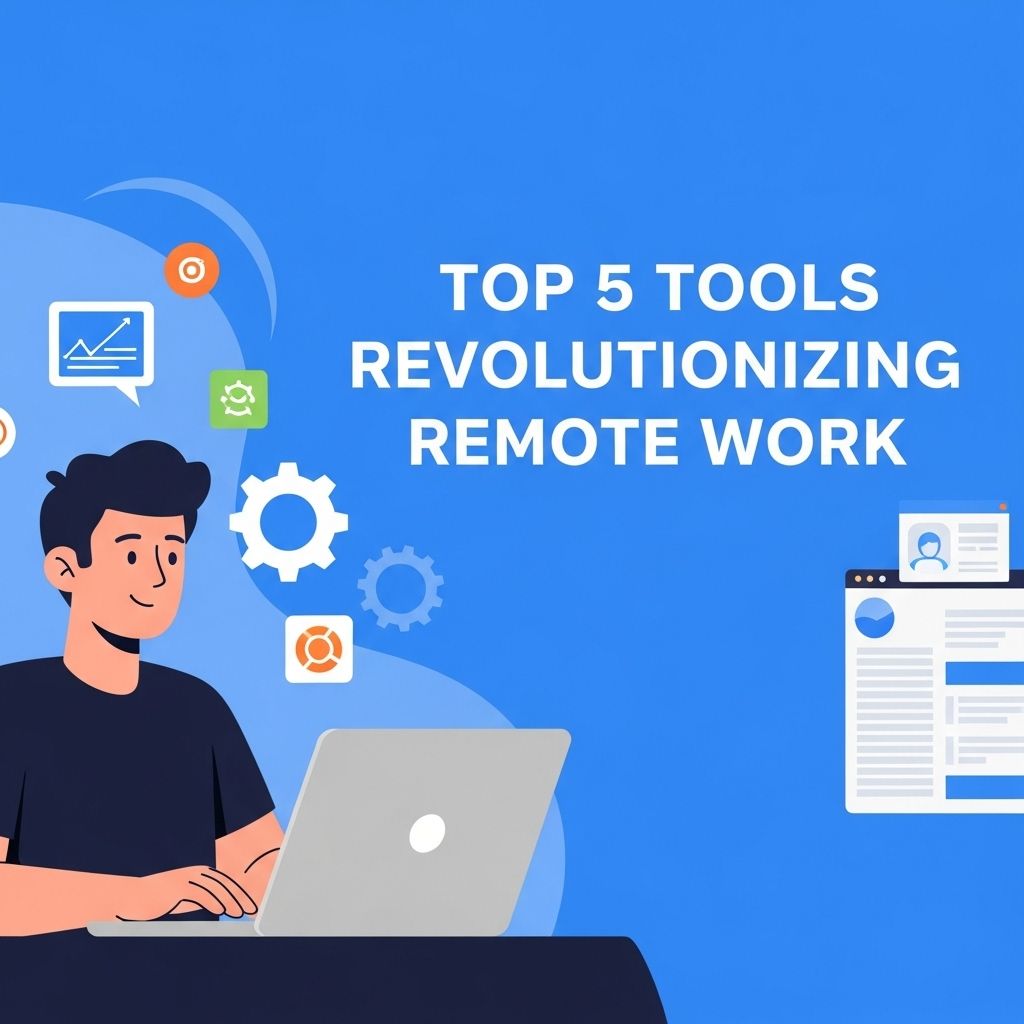Secure Access Strategies for Distributed Teams
Discover essential strategies for empowering distributed teams with secure access solutions to enhance productivity and collaboration in today's digital workspace.

In today’s digital landscape, the approach to collaboration and communication has evolved significantly. Teams no longer operate within the confines of a single office space; they are distributed across various locations, time zones, and even continents. This shift has created both opportunities and challenges, particularly in the area of secure access to organizational resources. The need for robust security measures has never been more critical. In this article, we will explore the various strategies, technologies, and best practices that organizations can implement to empower their distributed teams while ensuring secure access to sensitive data and applications.
Table of Contents
The Rise of Distributed Teams
The concept of distributed teams has gained traction due to several factors:
- Global Talent Pool: Organizations can hire the best talent from anywhere in the world.
- Increased Flexibility: Employees gain the ability to work from home or any location that suits them.
- Cost Savings: Companies can reduce overhead costs associated with maintaining physical office spaces.
Challenges of Distributed Teams
Despite the advantages, managing a distributed workforce poses unique challenges:
- Communication Barriers: Time zone differences and varying communication styles can lead to misunderstandings.
- Collaboration Difficulties: Working on shared projects can become complicated without proper tools.
- Data Security Risks: Remote access to sensitive information increases the risk of data breaches.
Understanding Secure Access
Secure access refers to a set of technologies and practices that ensure only authorized users can access specific resources while protecting sensitive data from unauthorized access. It encompasses various methodologies:
Authentication vs. Authorization
A key component of secure access is understanding the difference between authentication and authorization:
| Term | Description |
|---|---|
| Authentication | Verifying the identity of a user or device. |
| Authorization | Determining whether a user has permission to access a resource. |
Best Practices for Secure Access
Organizations should adopt a multi-layered approach to secure access. Here are some best practices:
1. Implement Multi-Factor Authentication (MFA)
MFA enhances security by requiring more than one form of verification from users. This can include:
- Something you know (password)
- Something you have (security token or smartphone)
- Something you are (biometric verification)
2. Utilize a Virtual Private Network (VPN)
VPNs create a secure tunnel for data transmission, making it harder for malicious actors to intercept sensitive information. They are essential for remote workers who need to access company resources over the internet.
3. Regularly Update Security Policies
Security policies should be dynamic and evolve with changing threats. Regular reviews and updates can help in addressing new vulnerabilities.
Technological Solutions for Secure Access
Various technologies play a crucial role in enabling secure access for distributed teams. Here are some notable ones:
Zero Trust Architecture
The Zero Trust model operates on the principle that no user or device should be trusted by default, regardless of whether they are inside or outside the network perimeter. Key components include:
- Continuous verification of user identities
- Least privilege access control
- Micro-segmentation of networks
Identity and Access Management (IAM)
IAM solutions help organizations manage user identities and access rights securely. They enable:
- Streamlined onboarding and offboarding processes
- Centralized control over access permissions
- Comprehensive audit trails for compliance purposes
Cloud Access Security Broker (CASB)
A CASB acts as an intermediary between cloud service users and cloud applications, enforcing security policies and ensuring compliance. Benefits include:
- Enhanced visibility into cloud usage
- Data loss prevention strategies
- Threat protection across cloud services
Training and Awareness
Technology alone cannot guarantee security. Organizations must invest in training and awareness initiatives to empower their teams to recognize and respond to cybersecurity threats:
Creating a Culture of Security
Employees should understand the importance of security protocols. Here are some tactics to foster a culture of security:
- Regular training sessions on cybersecurity
- Simulated phishing attacks to raise awareness
- Encouraging reporting of suspicious activities
Evaluating Security Posture
Organizations should periodically assess their security posture through:
- Security audits and assessments
- PEN (penetration) testing
- Compliance reviews with industry standards
Conclusion
As the trend towards distributed teams continues to gain momentum, so does the necessity for secure access to data and applications. By implementing best practices, leveraging advanced technologies, and fostering a culture of security awareness, organizations can empower their distributed teams while protecting sensitive information. In doing so, they not only safeguard their digital assets but also enhance collaboration and productivity in a dynamic work environment. The future of work is here, and with it, the responsibility to ensure security remains a top priority.
FAQ
What is secure access for distributed teams?
Secure access refers to the implementation of technologies and practices that ensure remote team members can access company resources safely, regardless of their location.
Why is secure access important for distributed teams?
Secure access is crucial for distributed teams to protect sensitive information from unauthorized access, ensuring data integrity and compliance with regulations.
What technologies are used for secure access?
Common technologies for secure access include Virtual Private Networks (VPNs), Multi-Factor Authentication (MFA), and Zero Trust Network Access (ZTNA).
How can companies ensure secure access for their remote employees?
Companies can ensure secure access by implementing strong authentication methods, regularly updating security protocols, and providing employee training on cybersecurity best practices.
What are the benefits of providing secure access to remote teams?
Benefits include enhanced data protection, improved employee productivity, reduced risk of cyber threats, and increased trust among team members.
How does secure access improve collaboration among distributed teams?
Secure access improves collaboration by allowing team members to share resources and communicate effectively without compromising security.








